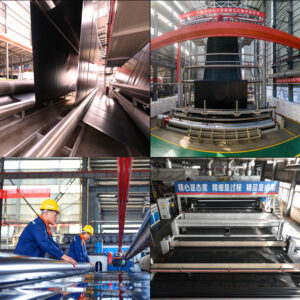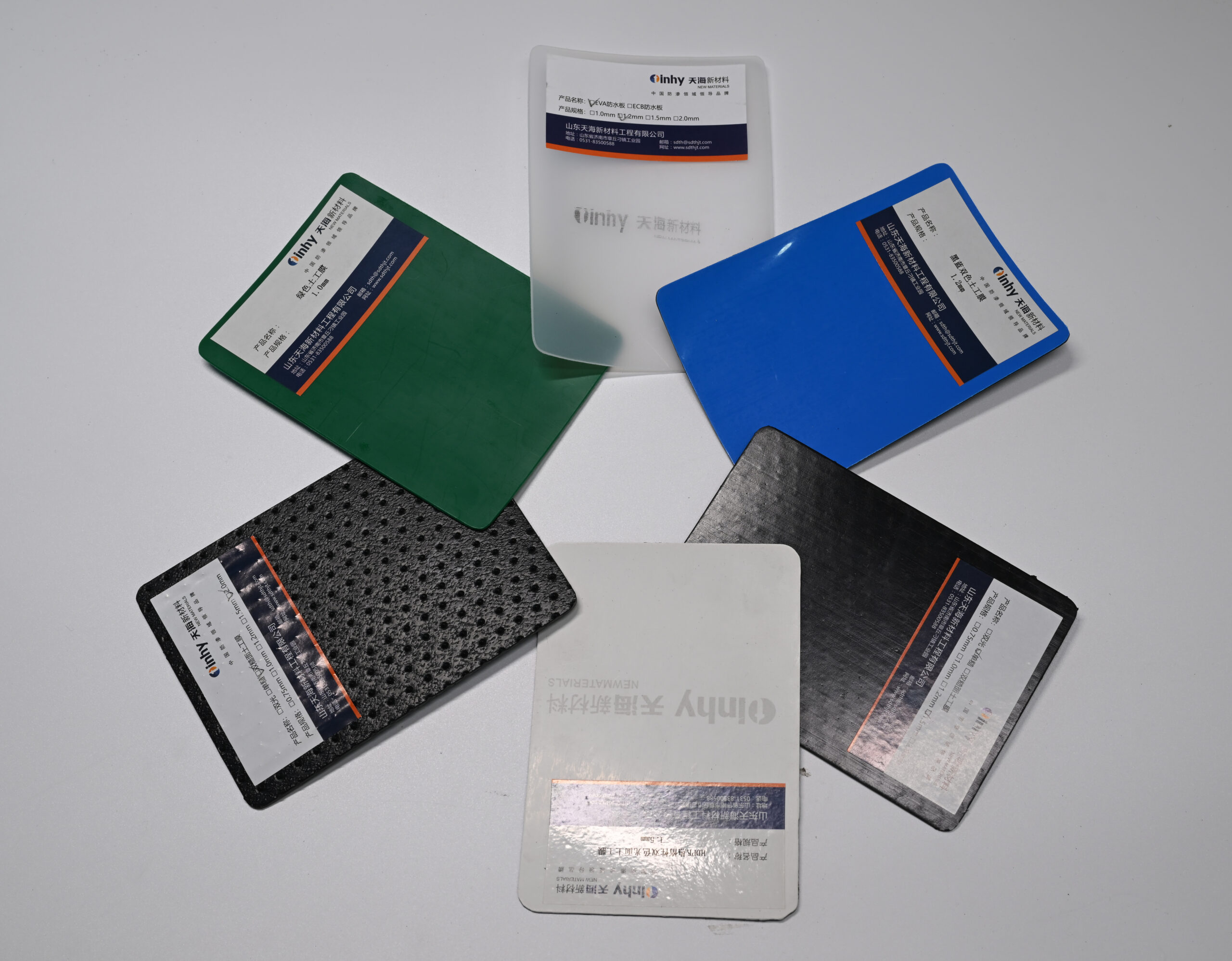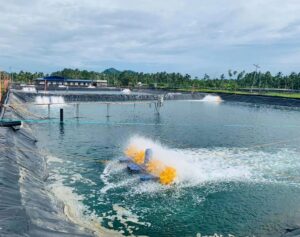What is geomembrane?
A geomembrane is a synthetic membrane or barrier used in geotechnical and environmental engineering applications. It is typically made from plastic materials such as high-density polyethylene (HDPE), low-density polyethylene (LDPE), polypropylene (PP), or polyvinyl chloride (PVC). Geomembranes are used to control the movement of fluids, such as water or gases, in various construction and environmental protection projects.
Key applications of geomembranes include:
Environmental Protection: Geomembranes are widely used in environmental engineering to line landfills, hazardous waste containment facilities, and industrial storage ponds. They prevent the migration of contaminants into the surrounding soil and groundwater, helping to protect the environment.
Water Containment: Geomembranes are used in the construction of reservoirs, canals, and ponds to prevent water seepage. They act as a barrier to control water flow and reduce the risk of water loss or contamination.
Mining and Oil Industry: Geomembranes are employed in mining operations and the oil and gas industry for various purposes, such as lining tailings ponds, leach pads, and containment structures to manage waste and prevent environmental contamination.
Wastewater Treatment: Geomembranes are used in the construction of wastewater treatment facilities, including lagoons and containment basins. They help to contain and control the movement of wastewater, preventing it from infiltrating the surrounding soil.
Aquaculture: Geomembranes are utilized in aquaculture applications for lining fish ponds and other containment structures. They help in maintaining water levels and preventing seepage.
Civil Engineering: Geomembranes are used in civil engineering projects for applications like tunnel lining, canal lining, and slope stabilization. They provide stability and prevent water infiltration.
The choice of geomembrane material depends on factors such as the specific application, environmental conditions, and project requirements. The use of geomembranes is crucial in many engineering projects to ensure environmental protection, water conservation, and the overall integrity of structures.

What are the geomembrane processes?
The manufacturing of geomembranes involves several processes to produce durable and impermeable membranes suitable for various applications. The specific processes can vary depending on the type of geomembrane material being produced, but common processes include:
Extrusion: This is a common process for manufacturing geomembranes, especially those made from materials like high-density polyethylene (HDPE) and polypropylene (PP). In extrusion, the raw polymer material is melted and forced through a die to create a continuous flat sheet. The thickness and width of the geomembrane are controlled during the extrusion process.
Calendering: Calendering is a process used for producing thin and uniform geomembranes. In this process, the polymer material is passed through a series of heated rollers to create a smooth and consistent sheet. Calendering is often used for producing geomembranes with lower thicknesses.
Blow Molding: This process is commonly used for producing large geomembrane panels, such as those used in containment applications. It involves extruding a tube of molten polymer and inflating it to the desired shape and size using air pressure.
Coextrusion: Some geomembranes are produced through coextrusion, where multiple layers of different materials are extruded simultaneously to form a composite sheet. This can result in geomembranes with specific properties tailored for particular applications.
Lamination: Lamination involves bonding multiple layers of geomembrane together to achieve specific performance characteristics. This process can be used to create reinforced geomembranes with enhanced strength and durability.
Texturing: To improve the interface friction between the geomembrane and the surrounding soil or other materials, some geomembranes may undergo a texturing process. This can involve embossing or creating surface patterns on one or both sides of the geomembrane.
Quality Control and Testing: Throughout the manufacturing process, quality control measures are implemented to ensure that the geomembrane meets the required specifications and standards. This includes testing for thickness, tensile strength, elongation, and other relevant properties.
It’s important to note that different manufacturers may employ variations of these processes based on the specific requirements of the geomembrane being produced. Additionally, post-production processes may include testing, packaging, and quality assurance before the geomembrane is shipped to end-users.
Author
-

Founded in 2002, Tinhy's team focuses on the manufacturing, marketing, installation, application and research and development of geosynthetic materials.
View all posts




